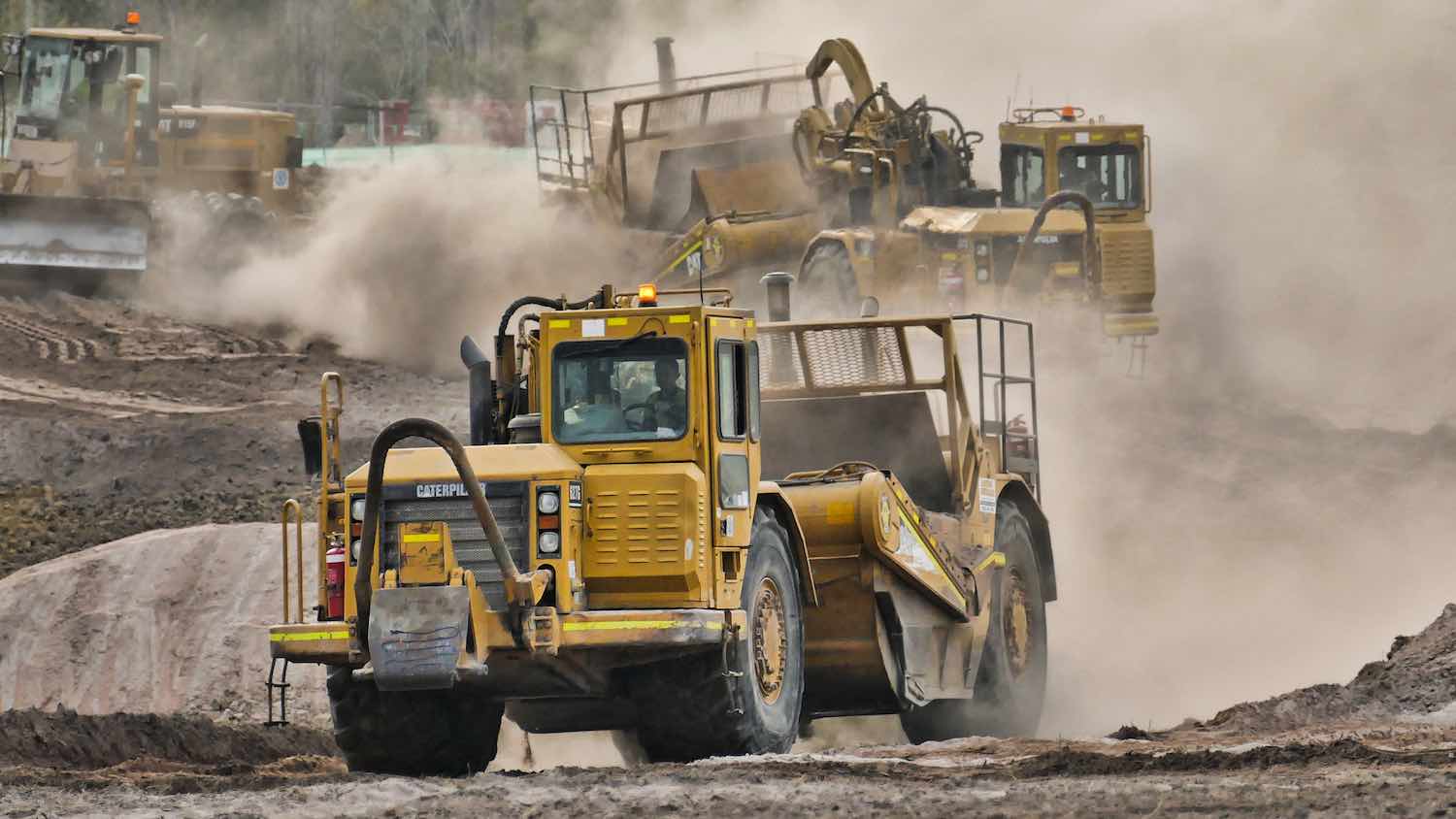
Demolition dust suppression is key to achieving a complete demolition project from beginning to end. Demolition dust stays in the air if it is not dealt with and how long it stays in the air depends on many other factors. Demolition produces large amounts of respirable and inhalable dust particles. There are different concentrations of particulate matter (PM) that are produced over the demolition period and silica dust is one major pollutant of concern. PM1.0, PM2.5, PM4.25 and PM10 of different types of dust affect different areas within and beyond the demolition area. Demolition dust poses respiratory health hazards to workers and people residing within the vicinity of demolition activities. Demolition dust control Australia will be evaluated from how it is controlled, what is used, health hazards, types of dust, areas of concern, GRT demolition dust control products and why you should choose them and lastly benefits of demolition dust control.
Demolition dust suppression consists of a series of steps that are entirely dependent on the nature of the demolition project although the key elements of the demolition dust control plan are universal across all industries. This is how you suppress dust during demolition:
There are different components to the hierarchy of demolition dust suppression. These components fulfil the five rungs of the hierarchy of controls which include elimination, substitution, engineering controls, administrative controls and personal protective equipment. In the suppression of demolition dust the most effective control is targeted towards the elimination of dust. The closer you can get to the elimination of the dust hazard, the more ideal it for health and safety of workers and communities within the vicinity of demolition operations. This is what is used for demolition dust suppression with the intention of dealing with demolition dust at its source:
There are different health hazards that develop from exposure to demolition dust. Demolition dust can be a threat to occupations that work with dust and non-occupational when the dust travels from the demolition source to other areas. These are the health hazards caused by demolition dust:
There are different types of dust produced during demolition. These dust types also depend on the nature of the building or structure that is being demolished. Hence it is important to plan the demolition dust suppression with the plan of the building to have a good knowledge of what you are dealing with. These are some of the types of dusts based on the contaminants that are prevalent in demolition:
There can be different areas of concern that are susceptible to dust on a demolition site. Sampling can take place in these different areas and different PM can be obtained depending on how far dust travels from its source. These are the areas of concern on a demolition site include:
GRT demolition dust suppression system includes products such as GRT Rubble-Loc and GRT: ACTIVATE. These products are cost-effective dust and wind erosion technologies which gives surrounding residents peace of mind that dust and potential contaminants can be locked down onsite. These are the key benefits of GRT demolition dust suppression system:
Exposure to fine particles of demolition dust is not healthy, not at all. Most of them are carcinogenic and often result in cancers that are fatal. Failure to implement an effective demolition dust control is detrimental to the lives of workers and communities susceptible to dust that stays in the air after a demolition project. Effective demolition dust control techniques at the source of demolition dust is a matter of saving lives in the present and future. Demolition dust control at the source of dust reduces the risk of lung diseases. There is never a safe amount of demolition dust exposure. At the very least, GRT demolition dust control products can be used to wet down the fall area and that keeps the contaminated demolition dust from being blown into the neighborhood. The respirable silica dust from the demolition structure is bad enough without having it mixed with the contaminants. Dust from demolition work, if badly managed, can cause environmental nuisance. Reach out to Daniel Grundy to hear more about how GRT can help you in your demolition dust control plan in Australia.
Your feedback is important to us. If you enjoyed reading this Global Road Technology industry update and found it informative, please let us know by leaving a REVIEW.
REFERENCES
Are environmental regulations, health and safety concerns or potential profit loss a concern right now?
Contact Us Now